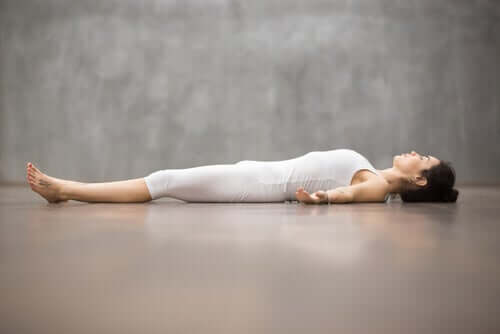Holotropic breathing is an experimental psychotherapy technique, the latter is an approach in which intervention takes place in people with good mental health and involves exposing them to an experience in which they can better understand who they are and what position they take in reality. life situations.
It should be noted that experimental psychotherapy has its roots in the so-called transpersonal psychology, which in turn is a current of humanistic psychology, born in the 1960s. As for holotropic breathing, more precisely, it is a technique created by the Czechs. psychiatrist Stanislav Grof.
- The central objective of holotropic breathing is to achieve an enlarged state of consciousness.
- It is an experience similar to that that which can occur from the use of certain psychotropic drugs.
- Such as those used by shamans or certain spiritual guides.
- The difference is that.
- In this case.
- Everything is achieved by breathing and has therapeutic purposes.
“Air is your food and your medicine
-Aristotle-
Holotropic breathing is a technique that involves causing controlled hyperventilation to generate a different and, in theory, expanded state of consciousness, with the aim of increasing self-awareness and promoting psychotherapeutic effects, the word holotropic comes from the Greek root holos, meaning “integrity” and trepein, which means “going in the direction”. So, etymologically, it means “going to the whole. “
Hyperventilation is faster and deeper than normal breathing. In regular breathing, oxygen is inhaled and carbon dioxide or CO2 is exhaled. Rapid and intense breathing that occurs during hyperventilation leads to an increase in oxygen volume and a decrease in carbon dioxide. normal conditions, this causes discomfort, such as anxiety, numbness, fainting, etc.
In holotropic breathing hyperventilation is induced and regulated, usually this technique can only be performed under controlled conditions and, in general, in groups, otherwise it can cause side effects, such as panic attacks, method not recommended for people with high blood pressure, respiratory, neurological or mental health problems.
Basic training is usually done first to explain the technique, describe what can be expected of it, and indicate precautions to consider for practice. Holotropic breathing sessions are usually long, usually no less than four hours.
The practice should be done in a comfortable and quiet place. It starts when he breathes? He enters this space, almost always without shoes, and lies on a carpet, then begins to sound relaxing music, usually Tibetan, Chinese or Hindu. Music can never be interrupted during the session. with gentle breathing.
With your eyes closed or covered with masks, the practice of hyperventilation begins. You need to breathe fast and not stop breathing for the next few hours. There is one person who leads the practice and sometimes participants take turns exercising as “respirators”. Or ‘carers’, consecutively.
Once the breathing session is over, everyone should paint a mandala or create a symbolic drawing that reflects how they feel at the time. In the end, there is a group meeting and individual experiences are shared.
What is expected of holotropic breathing sessions is that after maintaining hyperventilation for a period of time, a new state of consciousness begins to emerge The basic approach indicates that this type of technique allows to penetrate the deep layers of the psyche and that, when this happens, an unconscious content of great value begins to emerge for each person.
Forgotten or repressed episodes usually surface, people, situations, emotions or perceptions come to mind, all this content is considered very important for each person, specifically they arise because they are aspects that have been blocked and have only reappeared through a technique. to expand consciousness.
Science has emphasized that holotropic breathing is a technique that offers benefits, mainly in terms of relaxation and emotional balance, however, there is no evidence that this produces an altered state of consciousness or allows the unconscious to be fully explored. on the other hand, it ensures that it is possible.

